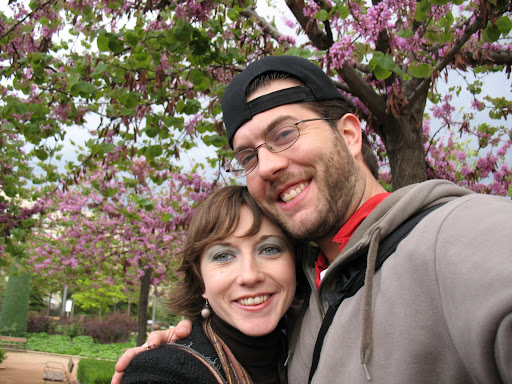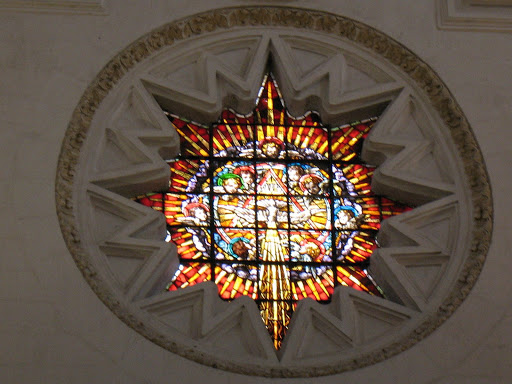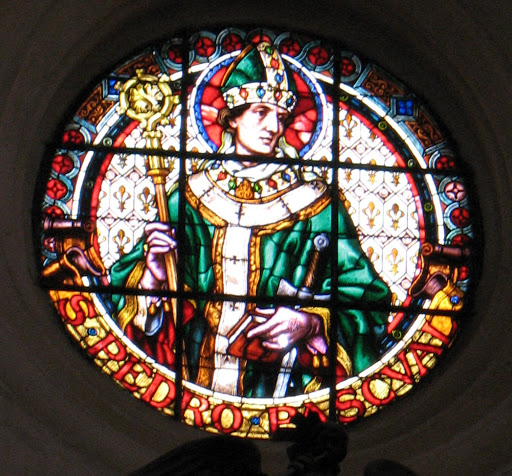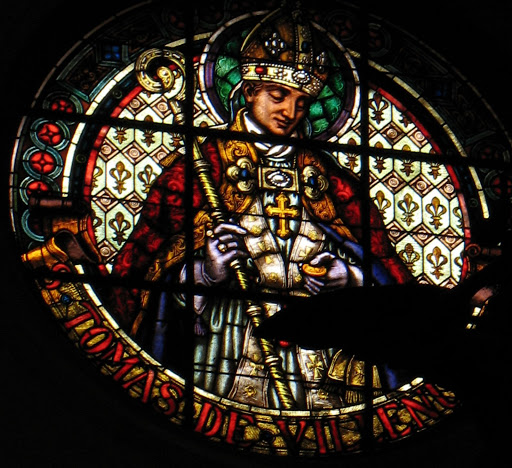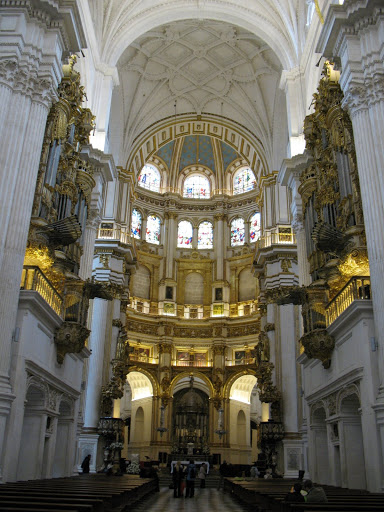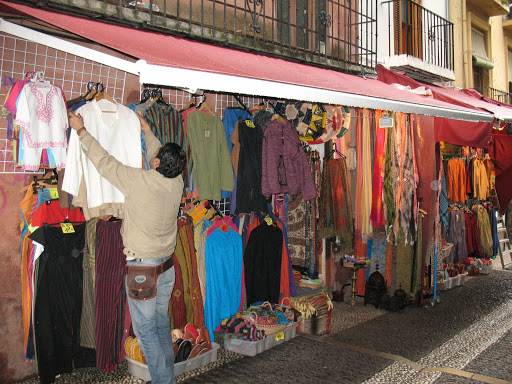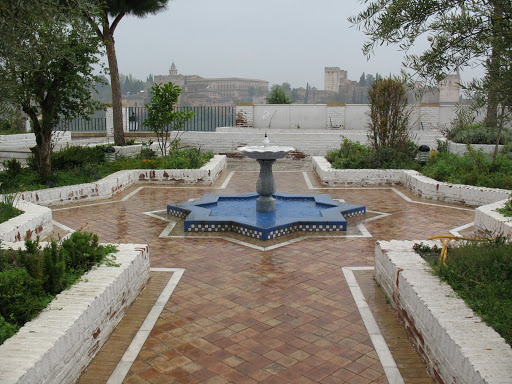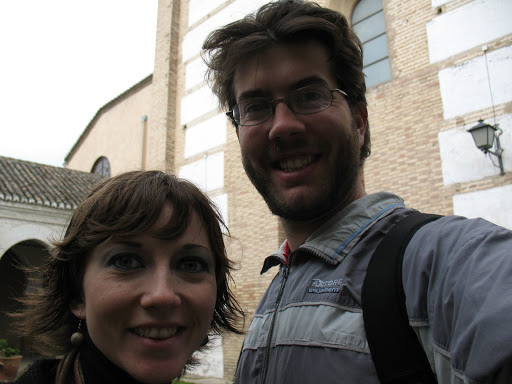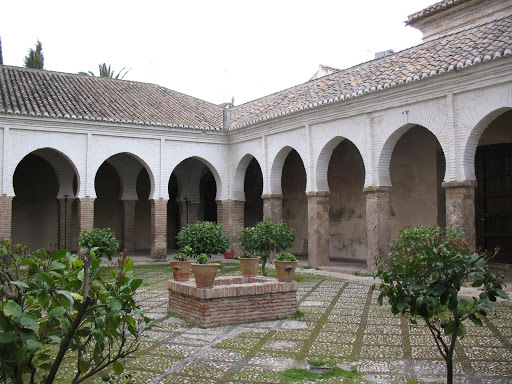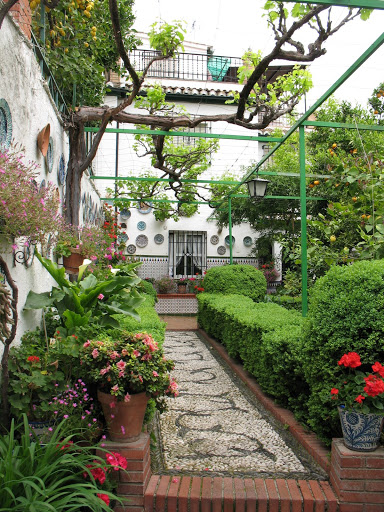







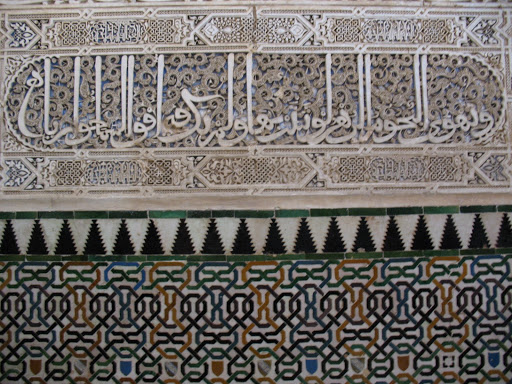




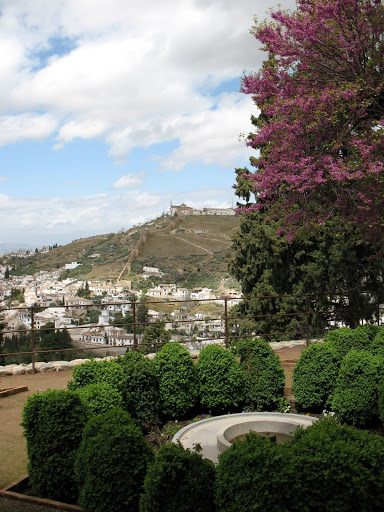


 The next morning we woke up really early to start the ascent to the Alhambra, Granada’s majestic palace-fortress which serves as a constant reminder of Spain’s Islamic heritage. It is a palace-city in the same tradition as the Medina Azahara, but the Granada also served as a fortress, comprising of 2km of walls, 23 towers and a fort-within-a-fort, the Alcazaba. Significantly, the Alhambra is the only surviving large medieval Islamic palace complex in the world. Within the walls of the Alhambra, there were seven separate palaces, mosques, garrisons, houses, offices, baths, a summer residence (the Generalife), as well as exquisite gardens.
The next morning we woke up really early to start the ascent to the Alhambra, Granada’s majestic palace-fortress which serves as a constant reminder of Spain’s Islamic heritage. It is a palace-city in the same tradition as the Medina Azahara, but the Granada also served as a fortress, comprising of 2km of walls, 23 towers and a fort-within-a-fort, the Alcazaba. Significantly, the Alhambra is the only surviving large medieval Islamic palace complex in the world. Within the walls of the Alhambra, there were seven separate palaces, mosques, garrisons, houses, offices, baths, a summer residence (the Generalife), as well as exquisite gardens. The original designers of the Alhambra were extremely talented landscape architects, integrating nature and buildings with pools, running water, trimmed trees and bushes, beautiful vistas, strategically positioned lookout points, juxtaposition of light and dark, and the contrast between heat and cool. In fact, the use of water is an art form in the Alhambra, with the sound of running water a constant throughout the palace. In fact, the general ambience created by the Alhambra is of such perfection that it is suggestive of the paradise described in the Quran.
There are a number of ornate arches scattered throughout the Alhambra; the Nasrid architects refined the decorative techniques of their day to new levels of elegance and harmony via sculptured stucco, marble panels, carved and inlaid wood, colorful tile work, in addition to epigraphic inscriptions (one in particular that is endlessly repeated states “There is no conqueror but Allah”).
The height of Granada’s splendor was under emirs Yusuf I (r 1333-54) and Mohammad V (r 1354-59 and 1362-91). Each was responsible for the addition of one of the Alhambra’s two primary palaces; Yusuf created the Palacio de Comares while Mohammad V takes credit for the Palacio de los Leones.
This is basically a quick run-down on the Alhambra, but it by no means does it justice. In all honesty, I could have spent hours writing about all of the interesting details of the palace; however, if you would like more information, here are a couple of urls to keep you busy:
http://es.wikipedia.org/wiki/Alhambra
Sorry! This last website offers a wealth of invaluable information, but it is only available in Spanish.
And, yes, at the end of the day, the wind had knocked a tree down over the road to get back into town. Luckily, it didn't take them long to clear out a path.